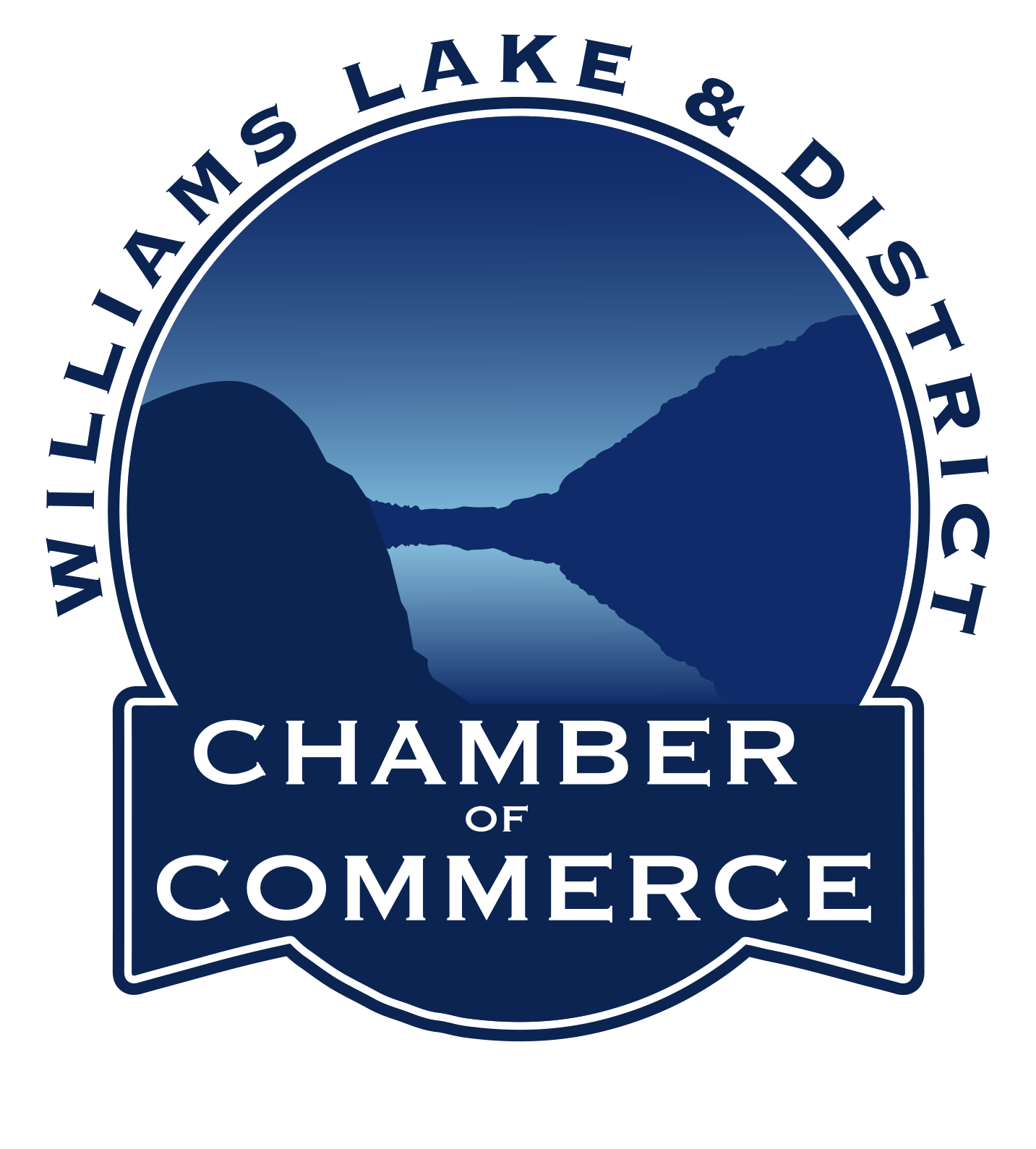TIMBER IS MAKING A COMEBACK
HISTORY
HISTORICAL CONTEXT
As the world strives to create a more sustainable future, one of the oldest and most abundant building materials is experiencing a resurgence: wood. A natural, sustainable, and renewable resource, wood not only benefits the planet, but also contributes positively to the economy and the communities it serves. These factors, among others, are driving the push for wood as the preferred construction material. In 2009, building codes were updated to allow for mid-size buildings to increase from a limit of 4 stories to 6 stories. Today, further revisions permit buildings of up to 18 stories in most jurisdictions.
However, while the future of building with wood appears promising, the engineering and construction of structures of this scale are not entirely new processes. In the late 1800’s and 1900’s, Vancouver emerged as one of the largest commercial hubs for large timber exports in Western Canada. From its inception, Vancouver was posed for success in the forest sector and the lumber industry, which formed the foundation upon which the City and the Province of British Columbia were built.

B.C. Mills Timber and Trading Co. Felling a Douglas Fir for British Columbia 1919.
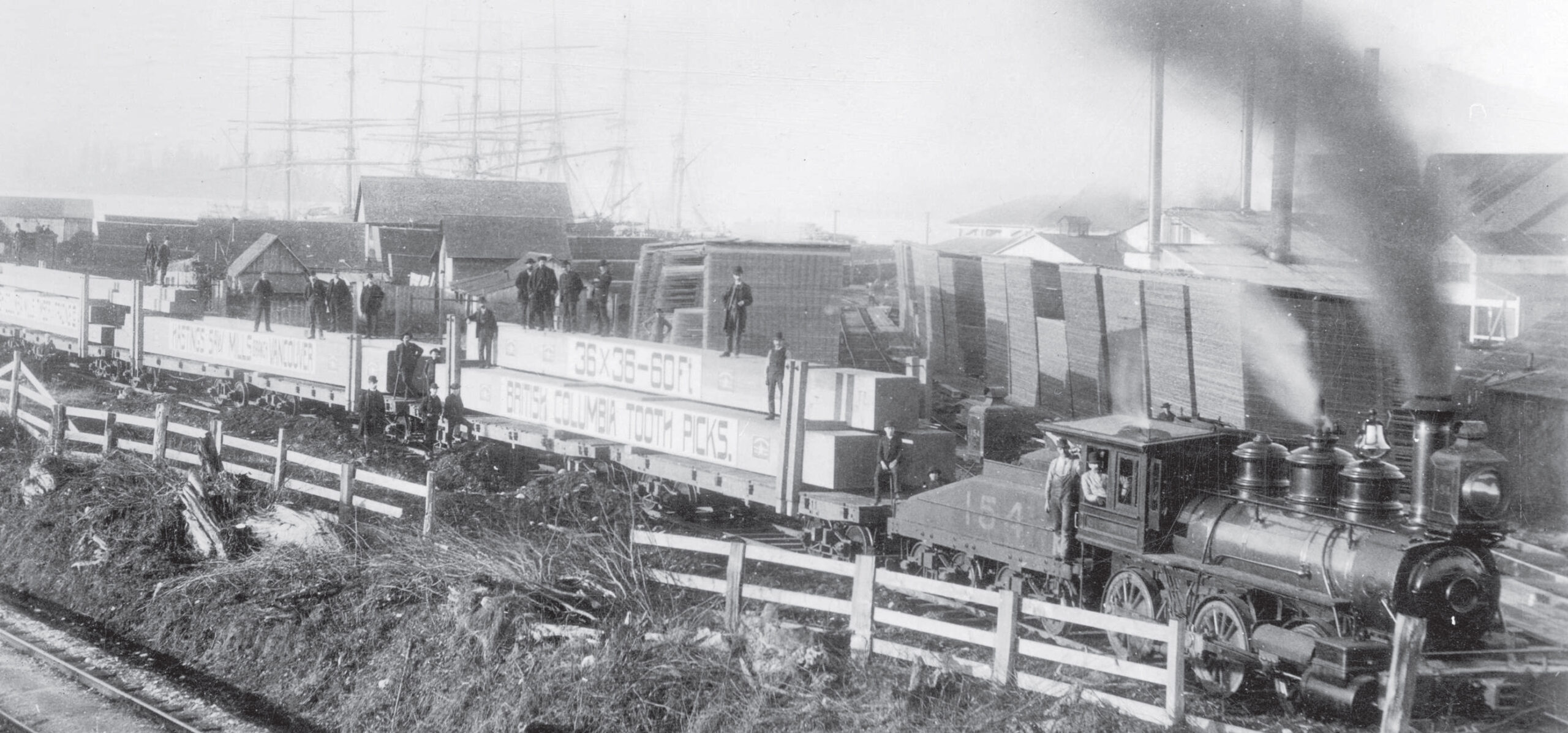
British Columbia Toothpicks’ on freight car at Hastings Sawmill, 1893. The rich coastal rain forest produced what’s called “BC Toothpick.” These beams, 60 feet long and 2.5 feet square, were prized as masts for sailing ships and used to build mid-rise buildings all around the world.
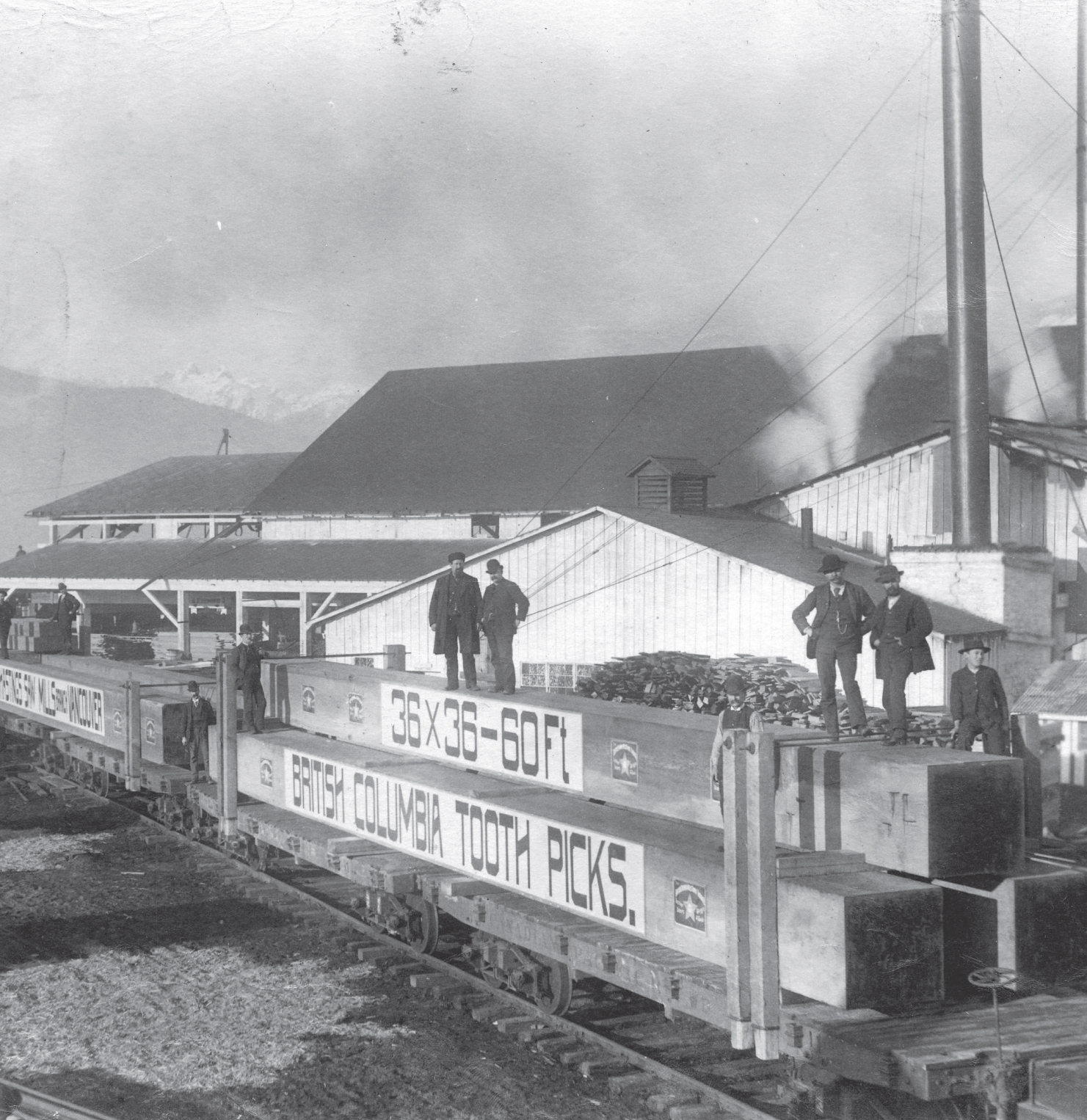
British Columbia Toothpicks’ on car at Hastings Sawmill, 1893
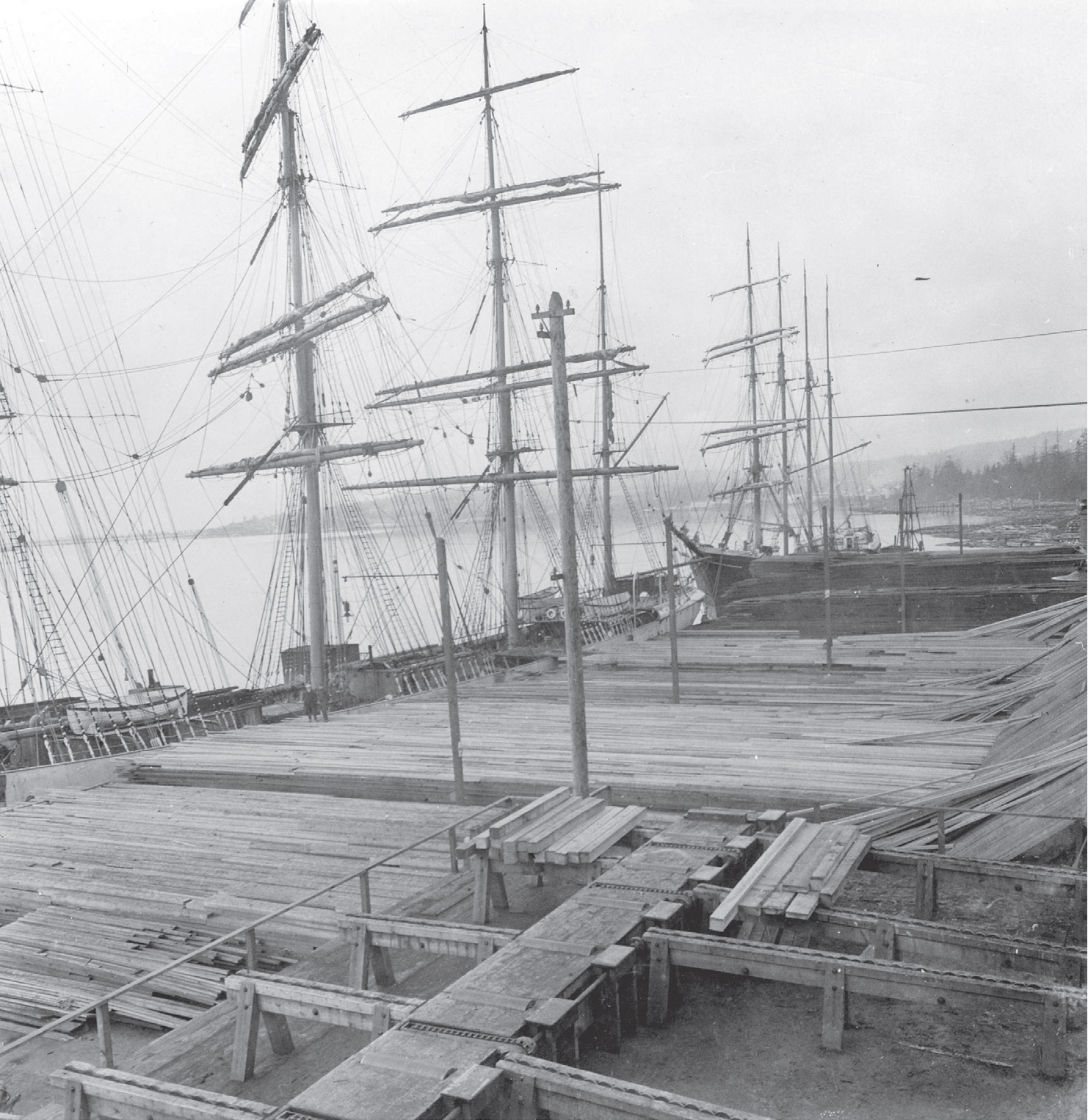
Lumber to be loaded onto tall ships on the wharf at the Brunette Sawmill Company, 1895. British Columbia lumber was a highly sought-after resource and shipped all over the world.
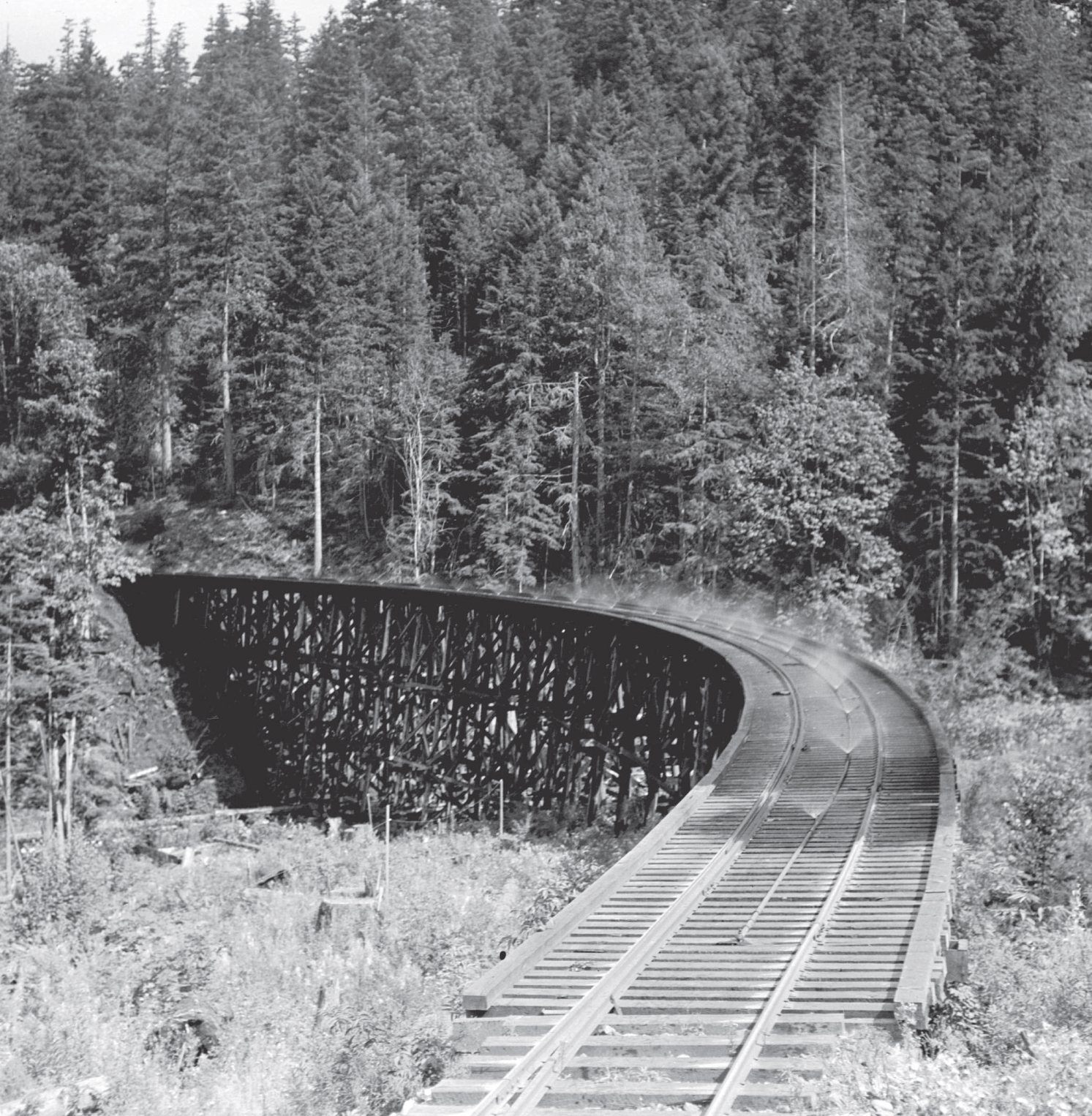
Green Point Logging Co. Ltd., 1932. Trestle bridge made of timber.
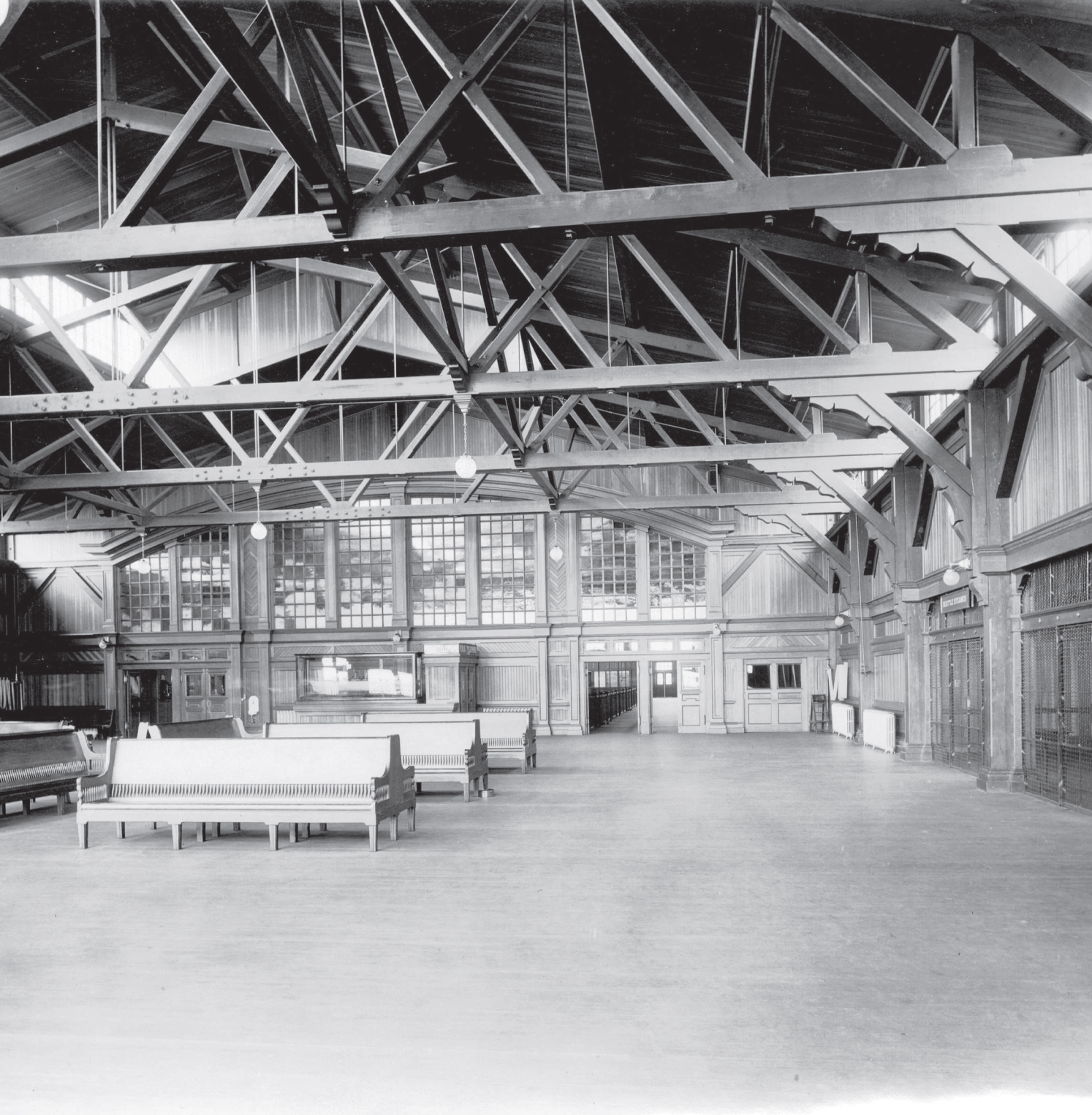
Douglas Fir used in heavy construction, 1912. Photograph shows Douglas Fir used as roof supports and flooring in the reception room at the C.P.R. dock.

Photograph shows a timber based building that is 6 storeys in Gastown, 1914. This building now houses the Old Spaghetti factory and condos.

Typical Gastown buildings were upwards of 6 to 8 storeys.
LEGACY REIMAGINED
To cap off this historical journey, it’s essential to recognize that the legacy of British Columbia’s timber industry is not merely a relic of the past; it’s a blueprint for the future. The pioneering spirit that drove the early lumberjacks and engineers to utilize the abundant Douglas Fir and other local woods is the same spirit that fuels our modern innovations in mass timber construction today.
From the towering “BC Toothpicks” that once sailed across the seas to the trestle bridges and six-storey buildings of yesteryears, British Columbia ha always been at the forefront of timber engineering. As we look ahead, we’re not just constructing buildings; we’re building upon a rich heritage, striving for a sustainable future, and honoring a legacy that would make our forebears proud.
So, as you walk through our modern, sustainably built wooden structures, remember that you’re not just stepping on wood; you’re stepping on the shoulders of giants! And just like the towering Douglas Firs that have long symbolized this Province, we continue to reach for the sky.



